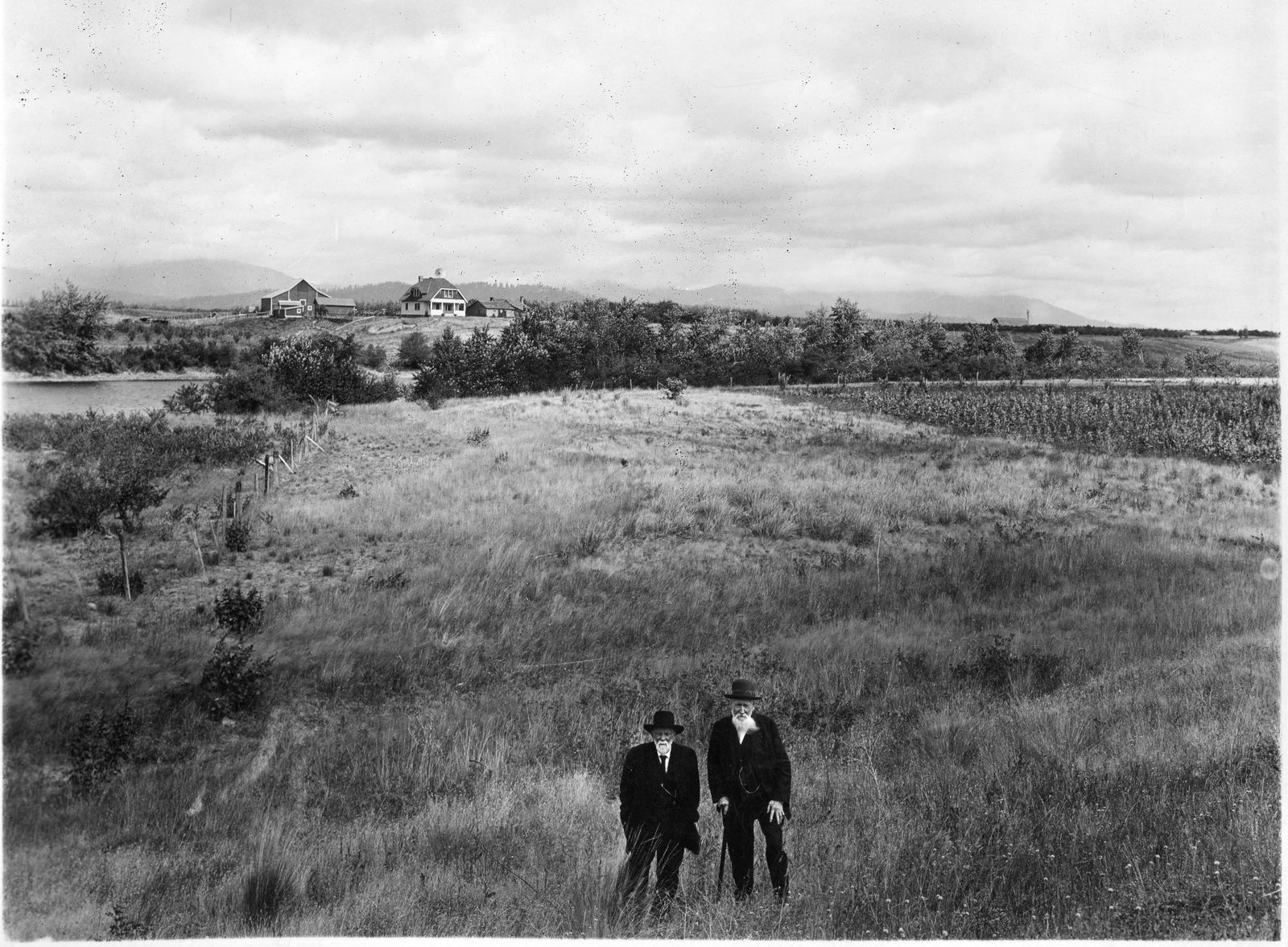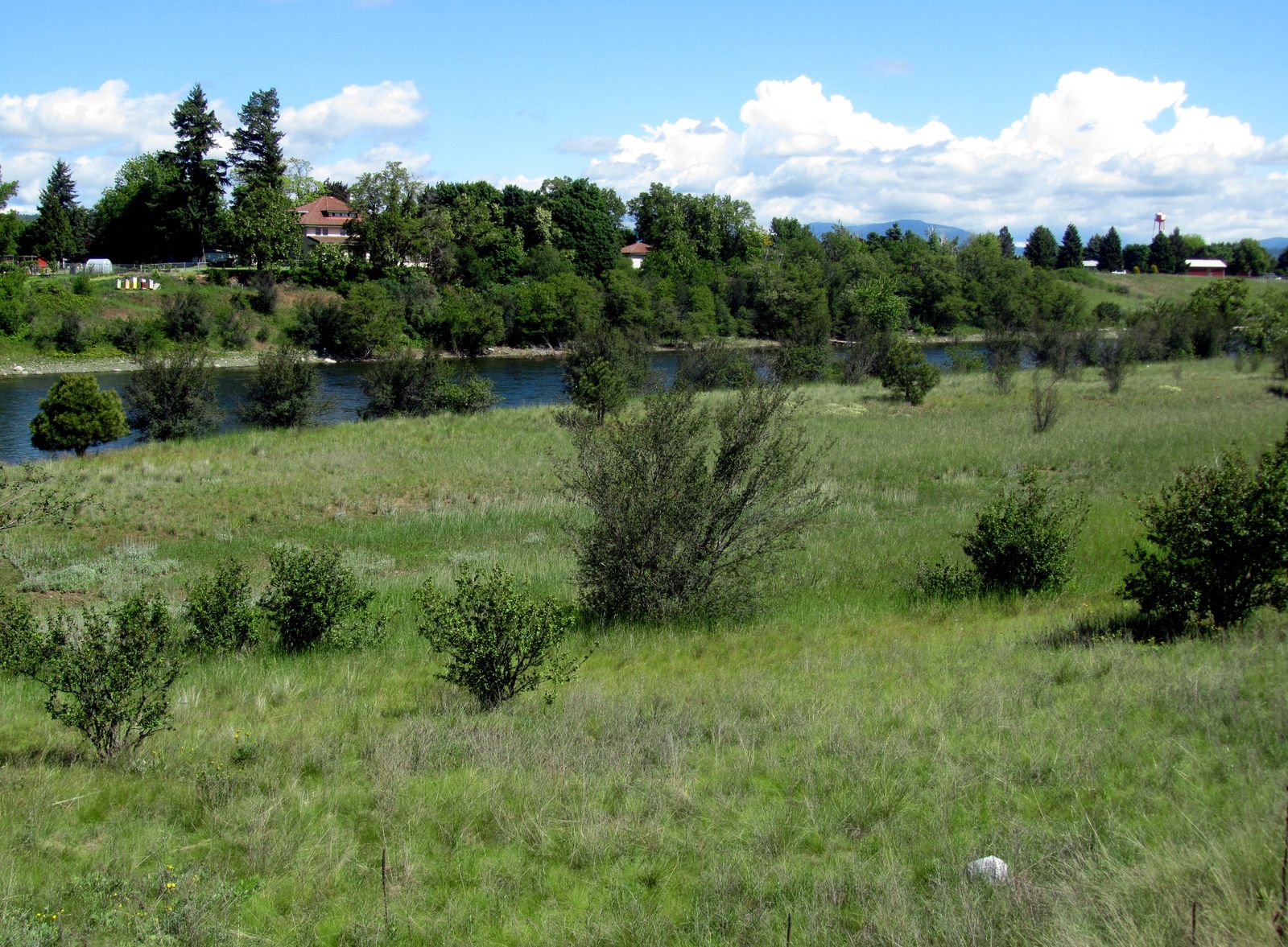
Col. Wright's horse slaughter camp
In 1858, Eastern Washington was still officially closed to white settlement, but hardy trappers, prospectors and traders traversed the region. After Indians killed two prospectors, Lt. Col. Edward Steptoe was sent to investigate, sparking a running 10-hour battle with Indians near modern-day Rosalia. Steptoe and the remnants of his unit survived only by retreating under cover of darkness. In retaliation for the humiliation, Col. George Wright took revenge against the Indians, including the Coeur d’Alene, Spokane and the Palouse Indians, who kept a large herd of horses, numbering 800 head or more, along the river east of Spokane. Wright sent two companies of soldiers to slaughter the animals and destroy the shelters and feed stored for the animals, which took two full days in September.
Section:Then & Now

